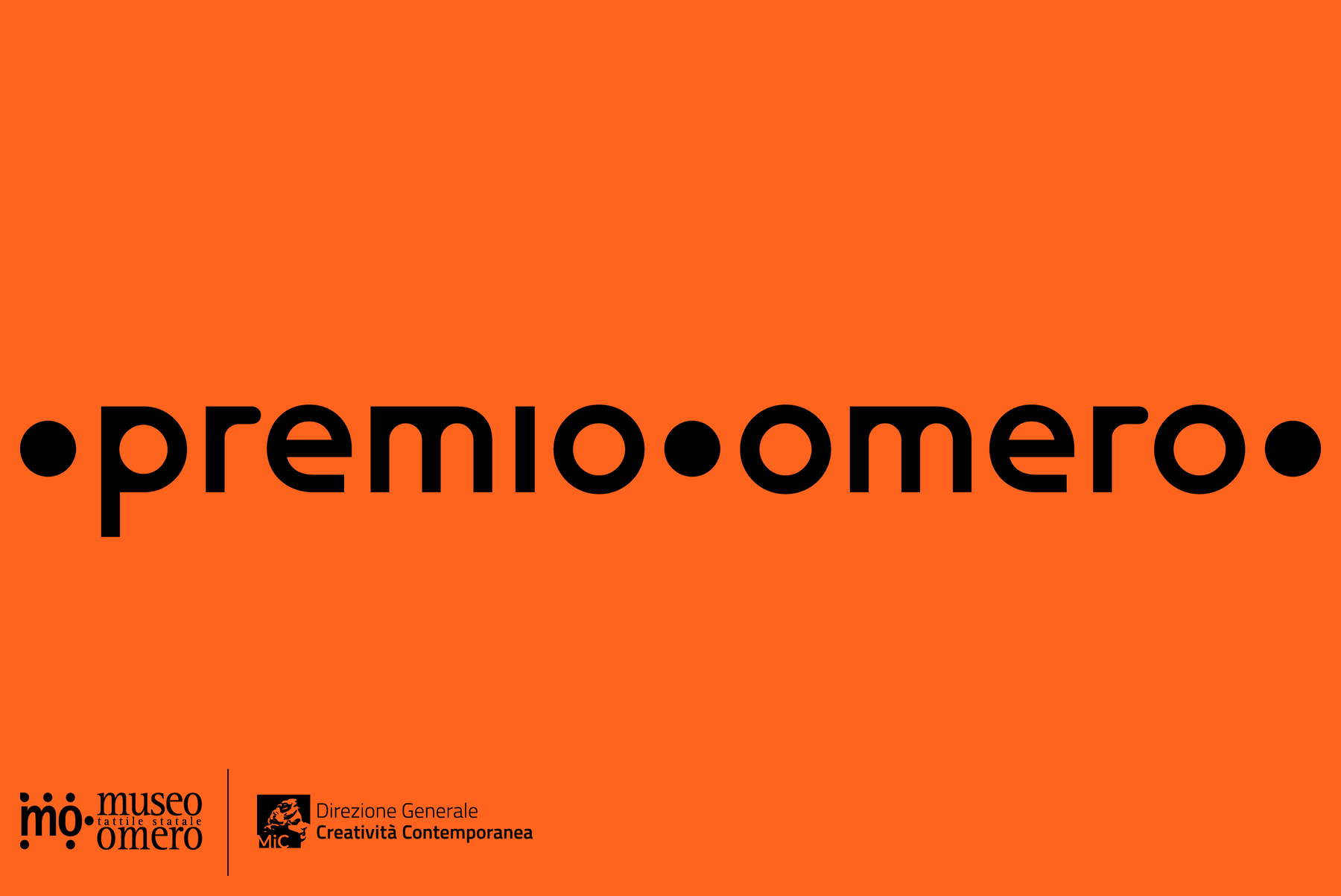The Directorate General for Contemporary Creativity (DGCC) of the Ministry of Culture and the Omero State Tactile Museum in Ancona announce the first edition of the Omero Prize, a new initiative dedicated to promotinginclusive and multisensory contemporary art. The Prize aims to identify, enhance and acquire a work that, in terms of concept, materials and mode of fruition, is able to offer a meaningful aesthetic experience also to people with visual disabilities.
The result of a strategic collaboration between two institutions that have been committed to the dissemination of accessible culture for years, the Homer Prize represents a further step toward full inclusion in contemporary art processes. Underlying the initiative is the desire to promote visual languages open to experimentation and interaction with all the senses, going beyond the traditional centrality of sight.
The Prize is in line with the respective institutional mandates of the DGCC and the Museo Omero, in coherence with the principles enshrined in the UN Convention on the Rights of Persons with Disabilities, with European directives on accessibility and with Italian legislation on the enjoyment of cultural heritage. Contemporary art, by its nature predisposed to experimentation and contamination between languages, offers itself as a privileged ground for the construction of inclusive experiences, capable of activating tactile, auditory, olfactory and more generally multisensory perceptions.
The objective of the Prize is clear: to select and acquire a contemporary work of art, created since the year 2000, that is designed to broaden the possibilities of access, reading and involvement by heterogeneous audiences, with special attention to people who are blind or visually impaired. Evaluation criteria will give priority to proposals that integrate tactile, acoustic or olfactory elements, and that demonstrate originality in both formal research and interaction devices.
The award includes a cash prize of 20,000 euros for the selected artist or collective and the acquisition of the work in the permanent collection of the Omero State Tactile Museum. The Ancona institution - the only one of its kind in Europe - has for more than 30 years been a point of reference for the promotion of accessible aesthetic experiences, through an exhibition and workshop activity that focuses on touch as a tool for knowledge and relationships.
Participation in the Prize is open to individual artists, groups or collectives from Italy or tax residents in Italy, professionally active in the field of contemporary visual arts. Candidate works must have been created from 2000 onward and meet the specific requirements defined in thePublic Notice, published on the channels of the Museo Omero and the Direzione Generale Creatività Contemporanea.
Applications must be sent by noon on September 30, 2025 to the email address info@museoomero.it, accompanied by the required documentation. All detailed information is available on the museum’s official website.
The award is part of an international panorama that is increasingly attentive to inclusive art practices, offering concrete support for accessible cultural production. It is also an action that urges the Italian contemporary art system to reconsider its exhibition models, mediation techniques and ways of engaging audiences. The Homer Prize therefore invites artists and institutions to think of art as a space open to plurality of perceptions, capable of breaking down barriers and building relationships.
 |
| The Homer Prize is born: multisensory and inclusive contemporary art for all |
Warning: the translation into English of the original Italian article was created using automatic tools. We undertake to review all articles, but we do not guarantee the total absence of inaccuracies in the translation due to the program. You can find the original by clicking on the ITA button. If you find any mistake,please contact us.